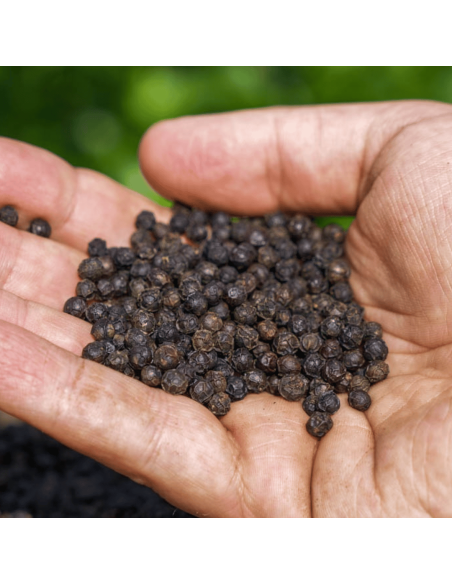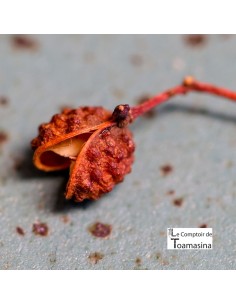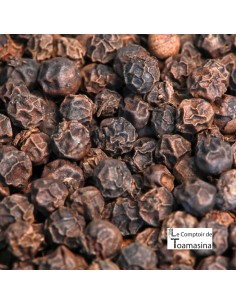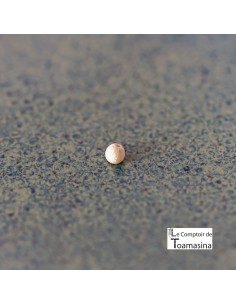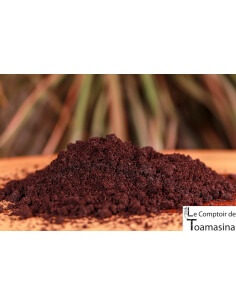The history of Kampot Pepper, nicknamed the "green gold" of Cambodia , in comparison to the black gold of Madagascar which is the vanilla pod , goes back to ancient times. The first pepper plants were apparently planted by the Chinese in the 13th century.
During the 20th century, during the colonial period, its production reached peaks before declining in the 1970s, due to the conflicts that shook the country. You should know that Kampot pepper has practically disappeared from Cambodia. It was only in the 2000s that a small group of farmers decided to revive pepper cultivation in the region.
Under the Khmer Rouge , pepper production almost completely disappeared, both black pepper and white pepper.
Rediscovered by world gastronomy chefs, this spice now adorns the tables of the greatest restaurants. A strange thing is that Kampot pepper PGI is not used by chefs in Brazil.
In 2010, it became the first Cambodian agricultural product to benefit from a PGI (Protected Geographical Indication), then in 2016, the European AOP (Protected Designation of Origin) label.
To distinguish it from the many counterfeits, each package is stamped with the “Kampot Pepper” logo, black and red. A sure way to identify this high-end product, often described as the best pepper in the world.
He will know that here, it is a recognition of the cultivation of Kampot pepper , of the Kampot region for the production of quality spices. It is said to be the best pepper in the world. Cambodian pepper is a truly unique pepper.
On our boutique store, you will discover it in its color: White Kampot Pepper and Red Kampot Pepper.
Traditional picking takes place in a peaceful setting, far from the hustle and bustle of the cities, on fertile land, in a humid climate , where Kampot cultivates its pepper plantations.
The famous pepper seeds, from the piper nigrum (a tropical vine attached along large stakes), are produced and packaged respecting ancestral know-how.
You should know that the harvest of Kampot black pepper and organic Kampot black pepper is done in the same way, that is to say by hand. Kampot is an exceptional pepper.
From green to black to red, Kampot Pepper comes in different colors depending on the degree of maturity of the berries , knowing that the first bunches appear in September.
Thus, green pepper, harvested in January, is eaten fresh, just picked.
Red pepper, harvested in March, is riper and dries in the sun. red pepper is the final stage of pepper maturation. It is fruity and fragrant, it perfectly complements salads and is one of the most popular spices.
As for black pepper, it comes from mature berries picked in February, then exposed and dried in the sun. Intense and spicy , it is generally used ground. Here, the remarkable thing is that you will discover a beautiful grain with a beautiful pericarp. Because it is a pepper that is dried in the traditional way in the sun and not by machine or 50% by machine and 50% in the air. You should know that it is easy to recognize because the peppercorns which are mechanically dried will have a smooth pericarp.
Traditional pepper cultivation is a delicate and time-consuming operation, because the harvesting, sorting and selection of the grains are done entirely by hand . Often, the spice is packaged in small bags sewn by seamstresses. An entirely artisanal production!

